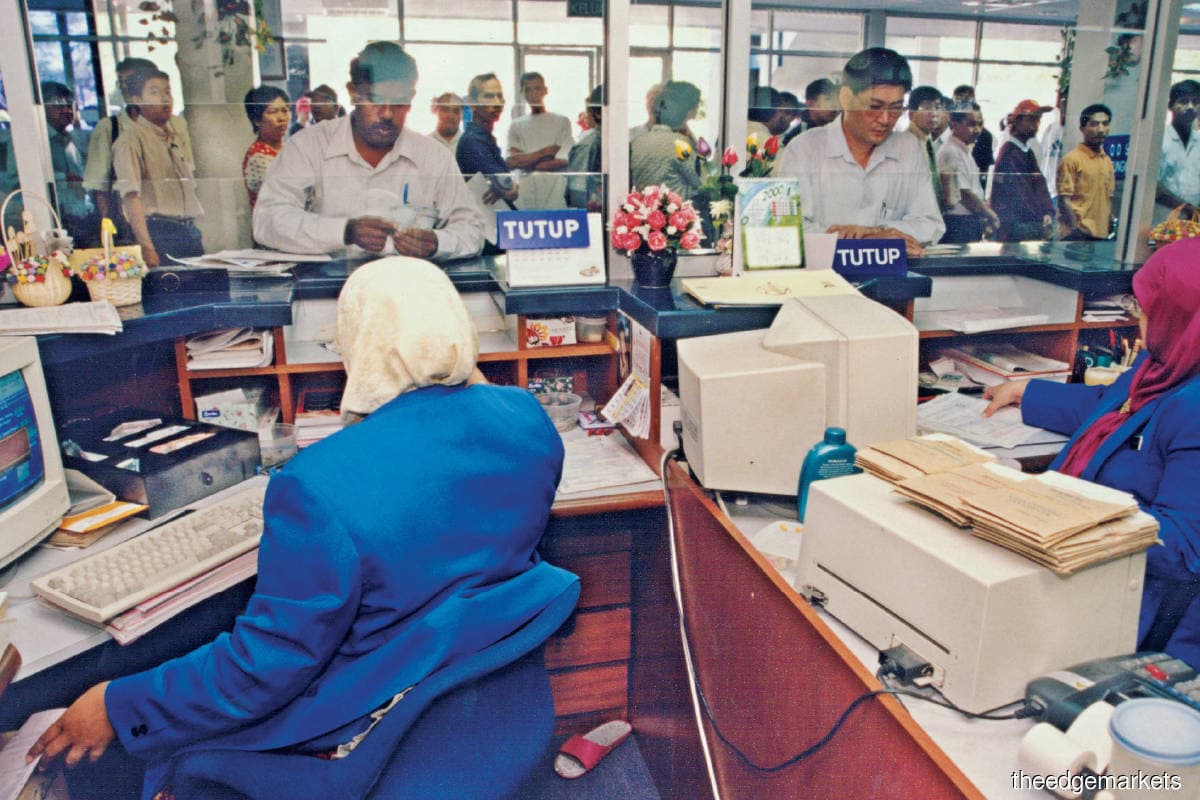
This article first appeared in Digital Edge, The Edge Malaysia Weekly on May 10, 2021 - May 16, 2021
Oftentimes, we talk about the manifold benefits of digitalisation — inclusivity, economic growth and social cohesion — but rarely do we mention the hitches we face on the path to becoming digital-ready.
I recently ran into this in a big way when I went to the Immigration Department to renew my spouse’s Long-Term Social Visit Pass.
Little has changed in the five years we have had to do this. As the visa was up for renewal, I thought it would be best to make a visit prior to our appointment, just to make sure I wouldn’t miss out on anything we had to bring with us, although supposedly, all the necessary information is online. There are many Facebook support groups out there who would beg to differ.
Now one of the useful things that have sprung up because of the Covid-19 pandemic is the implementation of the appointment system to prevent long queues and overcrowded government offices.
There is, in fact, a new Immigration Online Appointment System (STO) but surprisingly, it has not been well publicised. I found information on it on the department’s website as well as across its social media sites. But iff you do not know what to look for, you would not find it. And what about those who are not internet-adept? They would probably have to hire a third party to book their appointment for them, which in fact, is what some are doing — a thriving shadow trade, I am told.
Nevertheless, knowing my way around government websites, I managed to book a date two weeks before the visa expiration, which made me one of the lucky ones as many only managed to secure the appointments after their visas had expired.
As I stood in the queue, an aged couple approached the improvised information desk flanking the entrance of the visa, permits and pass division to renew a spouse’s visa. First, one of the officers kindly explained that they needed to book an appointment online, scribbling down the URL in question. When one of them began to plead, saying they weren’t aware of the changes and were unsure how to do it online, and besides, they had travelled far to get there, the officer snapped at them and summarily dismissed them.
I understand. Truly I do. These officers probably hear similar pleas all day, every day and are tired of them. Nevertheless, I couldn’t help but wonder if the situation could have been avoided if there had been more publicity on the new booking system or better yet, computer terminals set up nearby where they could be directed (and assisted) to book the appointments. In our drive to create more user-friendly government departments, surely helping those who most need help would be a start?
Just a few days after that incident, I found myself in the midst of another — this time at a public hospital. I was accompanying my mother to an appointment with a specialist for a diagnosis and follow-up treatment, three months after undergoing several tests (including one at a different public hospital) and providing blood samples.
We waited eight hours to see a doctor only to be told that the test results were not available and, therefore, a diagnosis was not possible. Why? Because their system was down. And this was not an isolated incident. Their network had, in fact, been problematic for weeks.
I was fuming. Couldn’t they have told us sooner? Time is money and we all have some place else to be. And it wasn’t just my mother who was affected. In fact, she was one of the luckier ones as I was there to drive her to the hospital and back. There were many other elderly patients in their 60s and 70s. It had not been easy for them to get there. A few had taken some combination of a private taxi and two buses.
As I drove my mother back, I wondered whether the problem was a lack of digital literacy or maybe just common courtesy? What was the point of digitalisation if the stated benefits do not reach certain target populations? Was digital exclusion a thing? From my own experiences in that one week, I would presume that it was.
I went back to work and did some digging, only to find that, according to the world’s leading provider of enterprise open source software solutions, Red Hat, nearly four out of five digital transformations fail. “When they do, organisations wonder why their technology investments did little to improve outcomes. If a government digital transformation project is unsuccessful, it is often because technology was prioritised without devoting equal attention to people and process.”
It’s as simple as that. Technology will not do the job. It can only meet people halfway.
Save by subscribing to us for your print and/or digital copy.
P/S: The Edge is also available on Apple's AppStore and Androids' Google Play.
